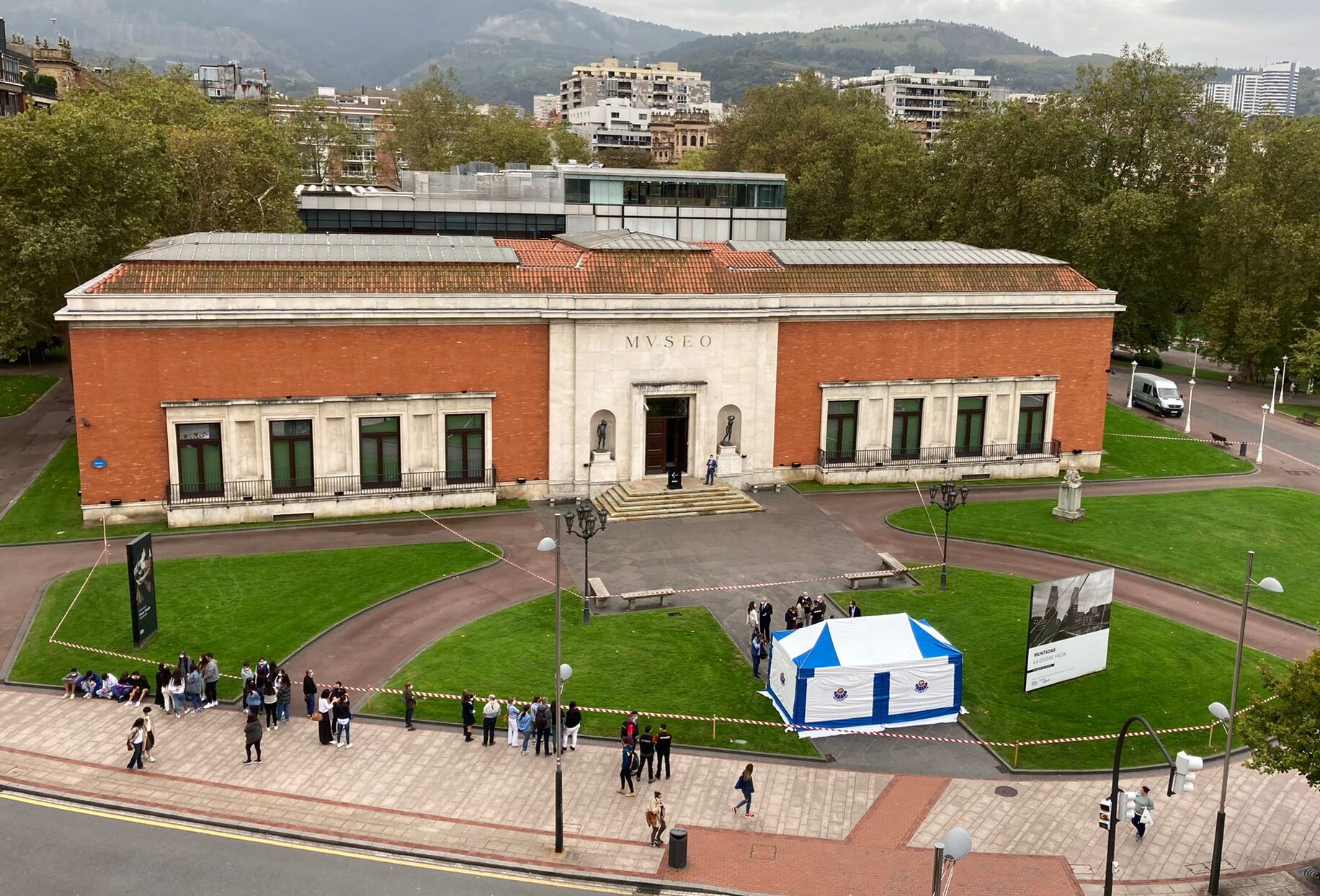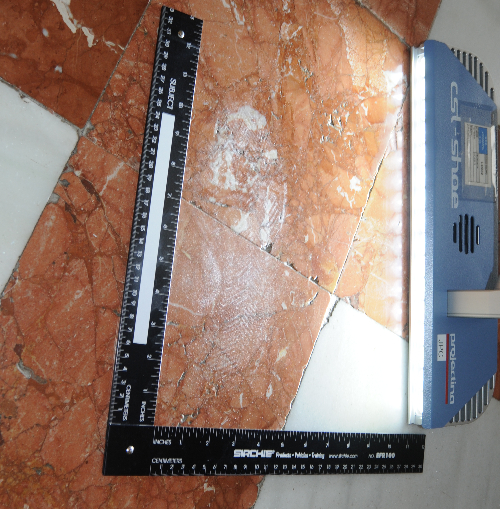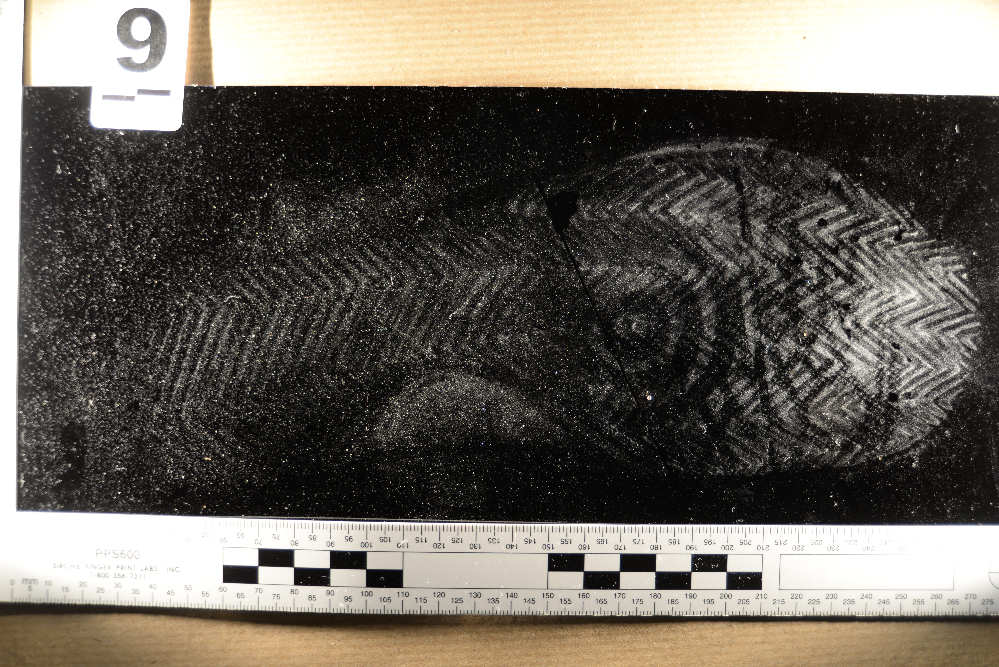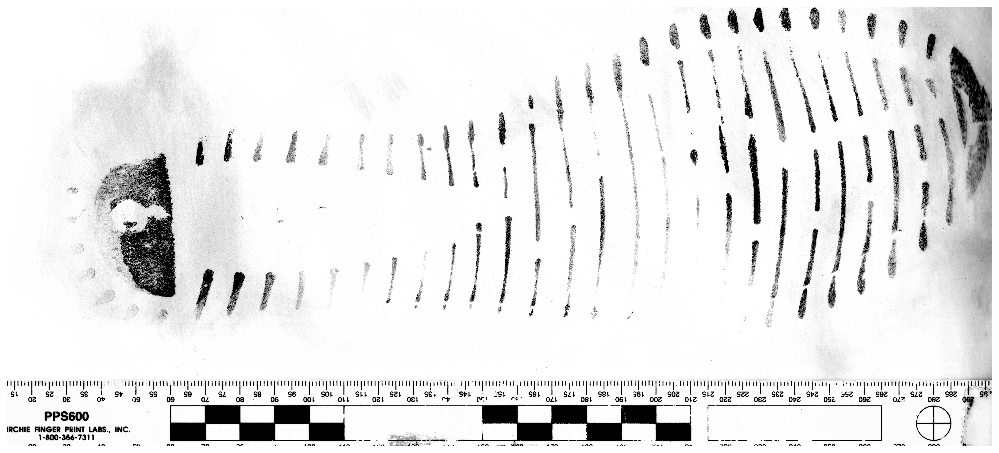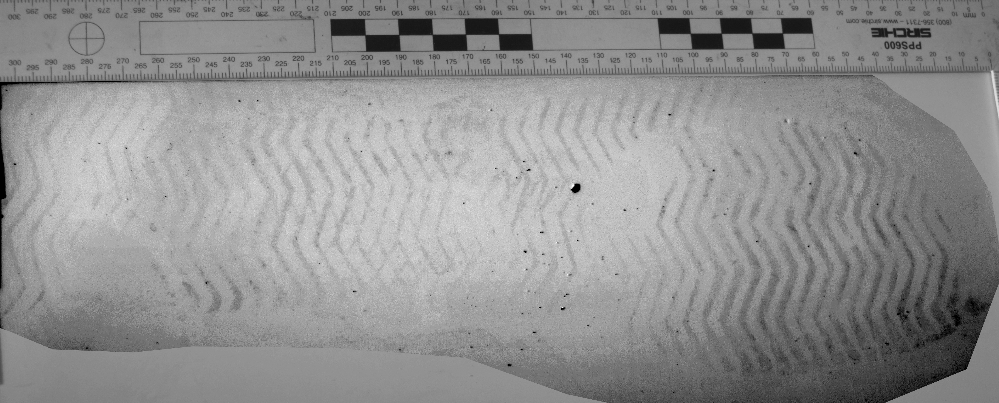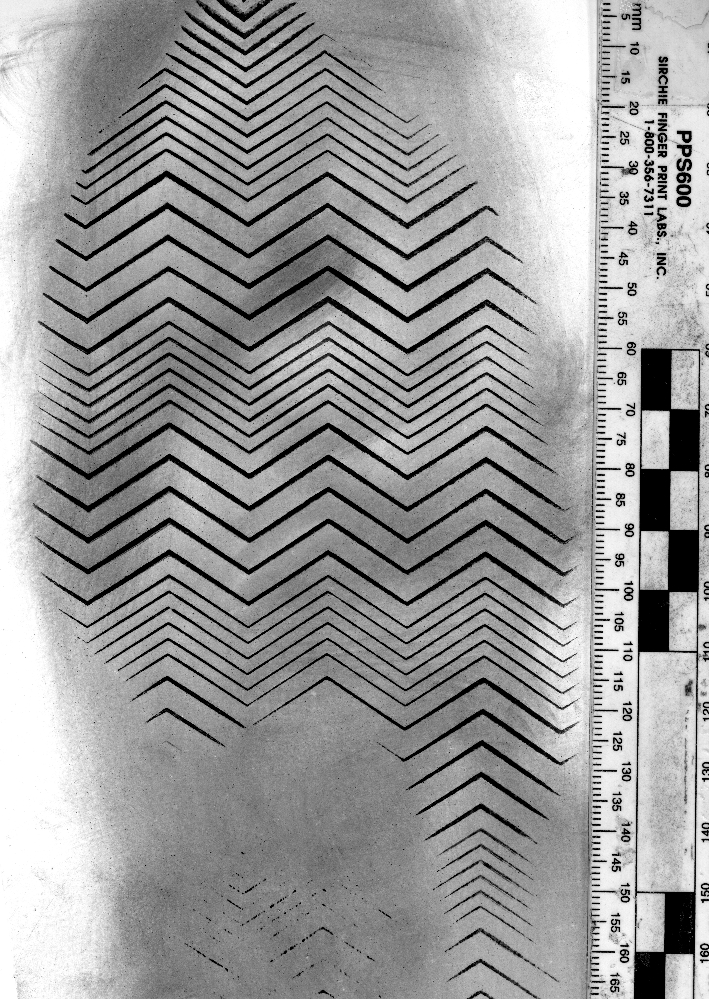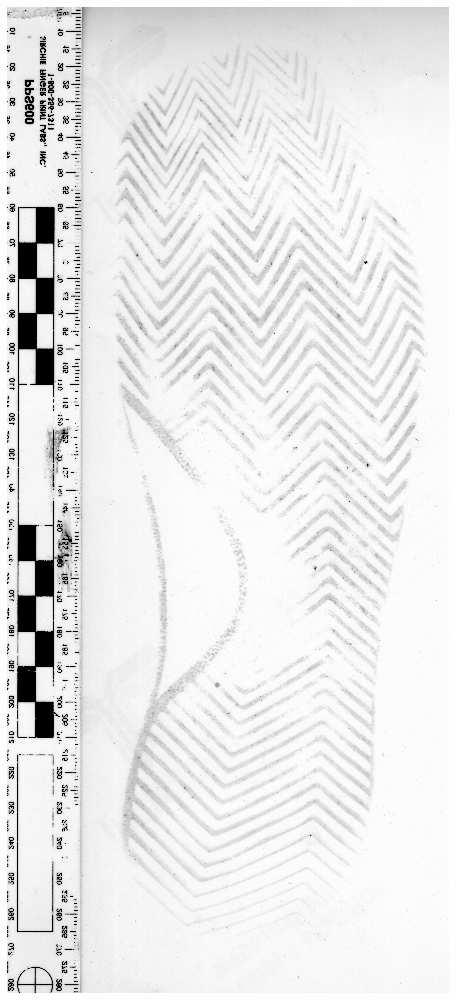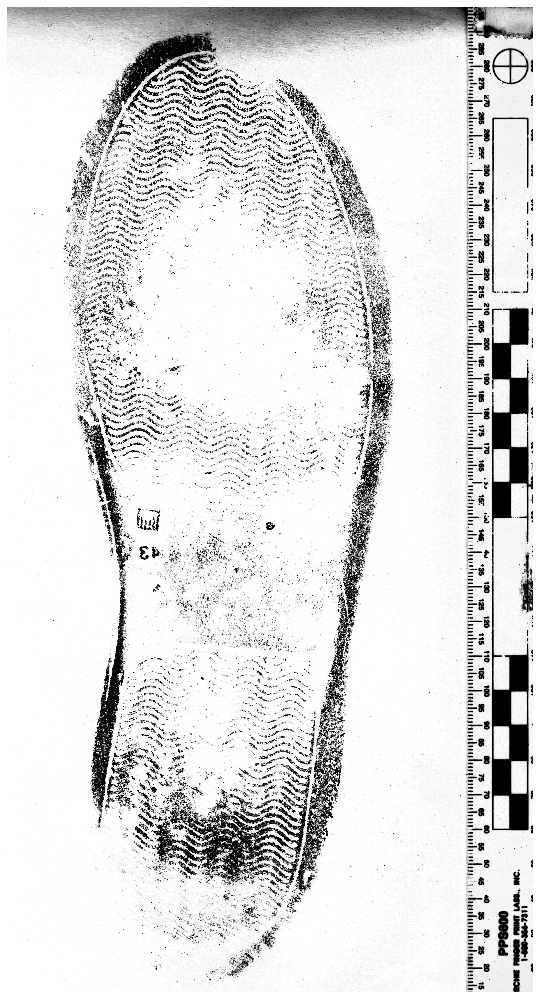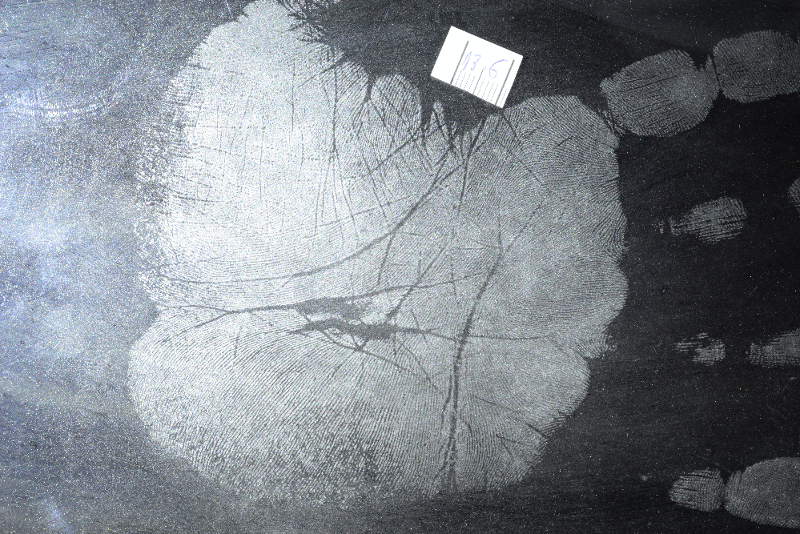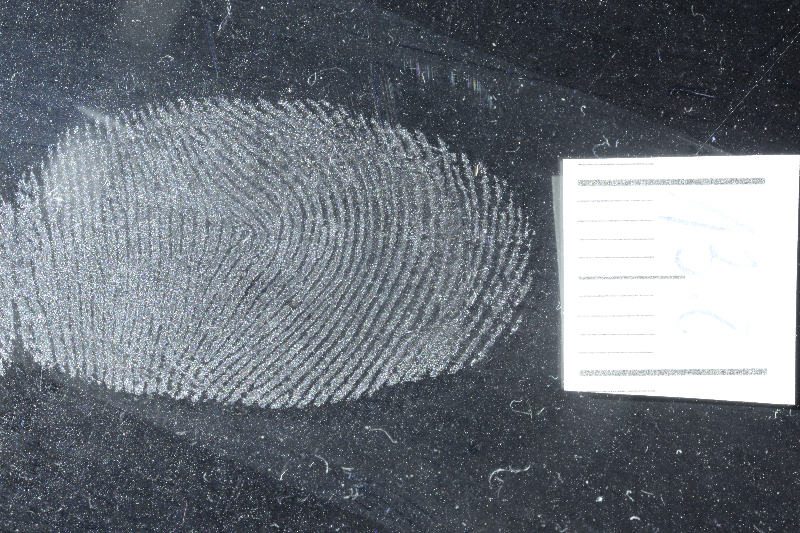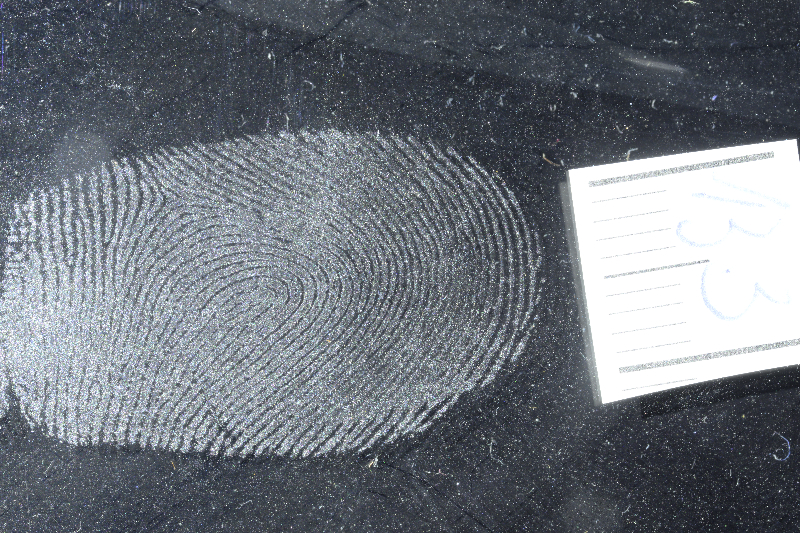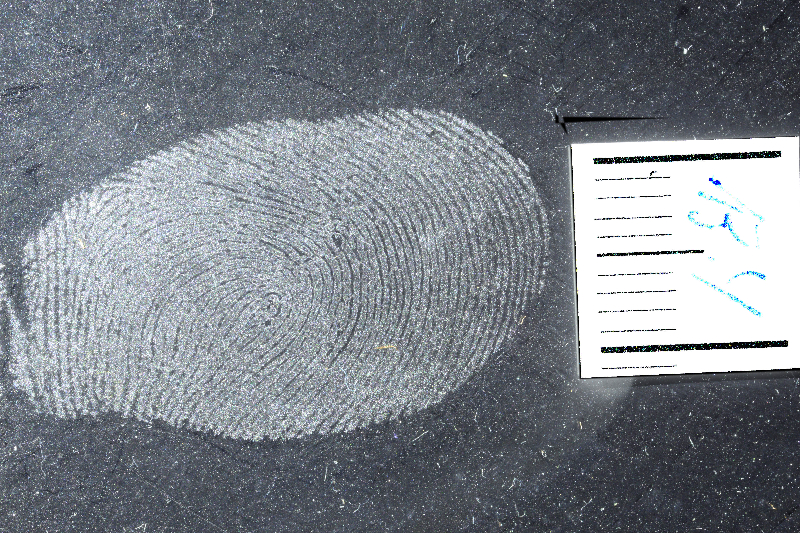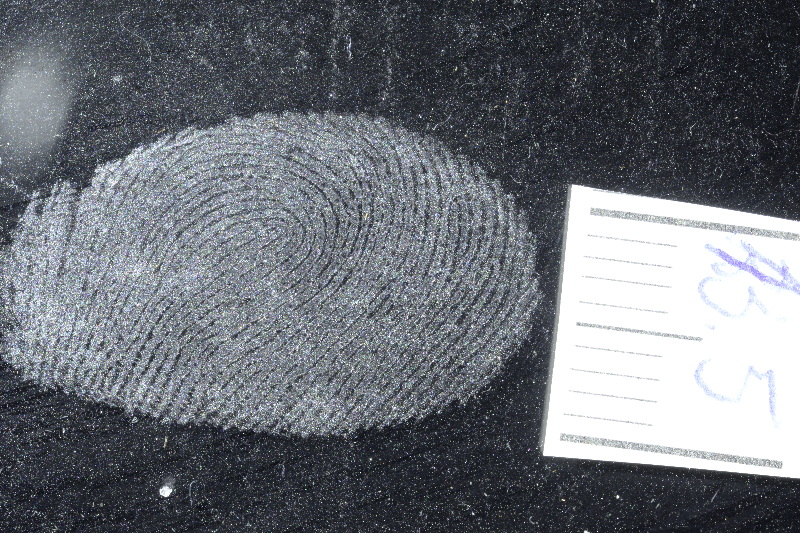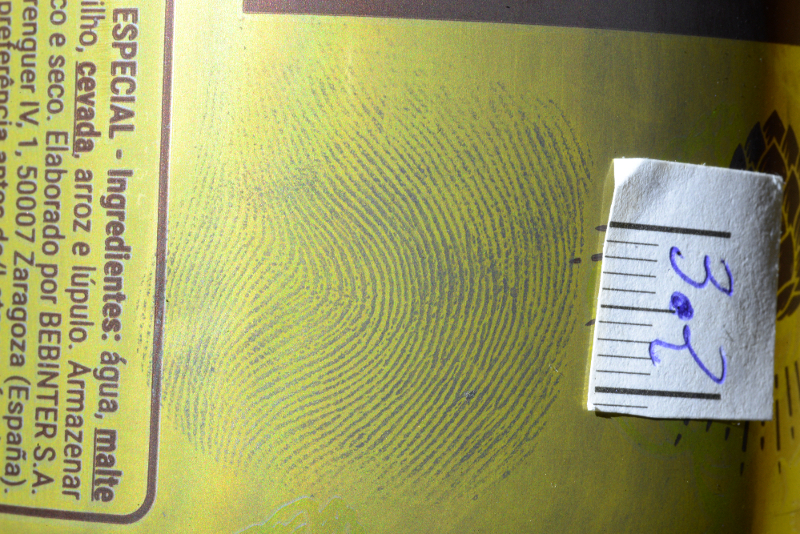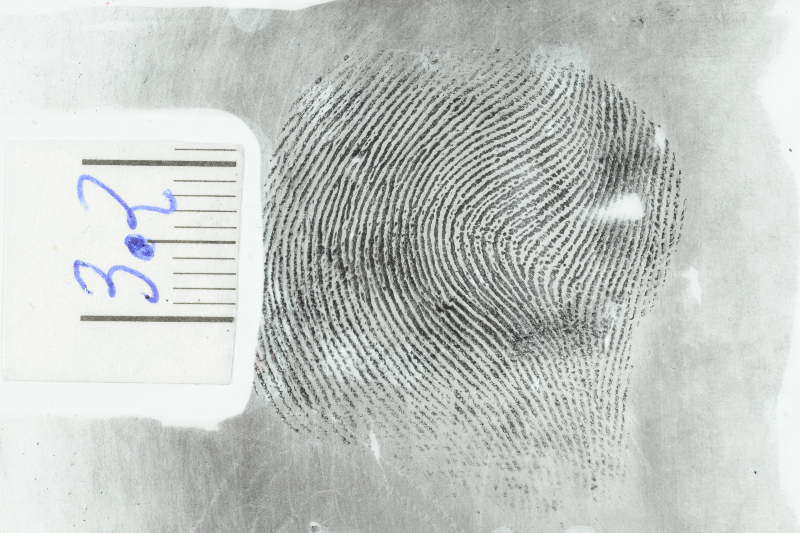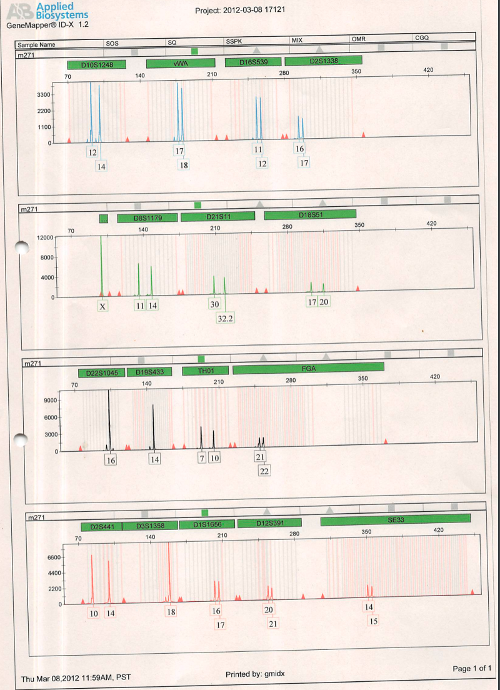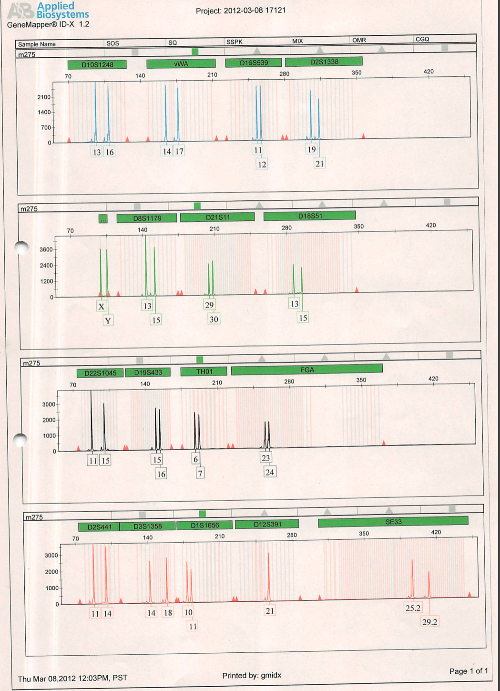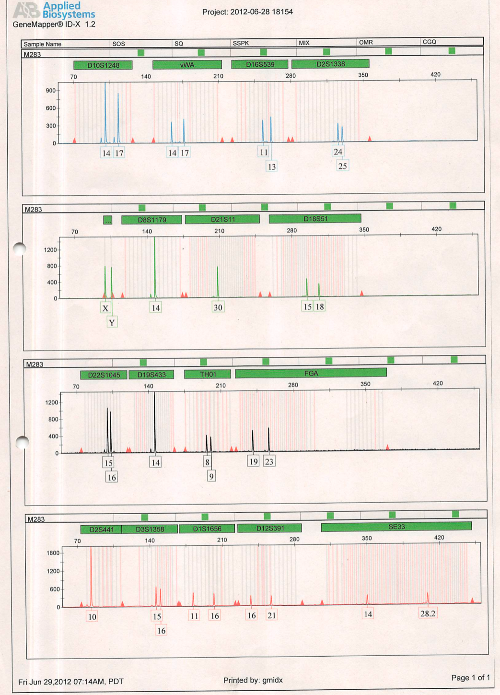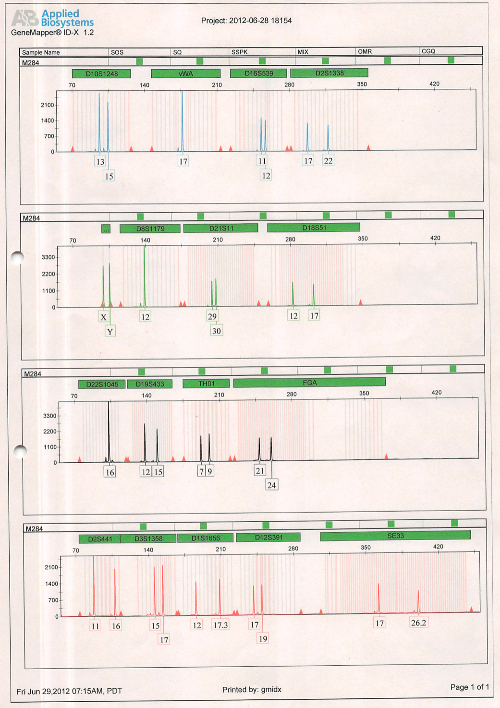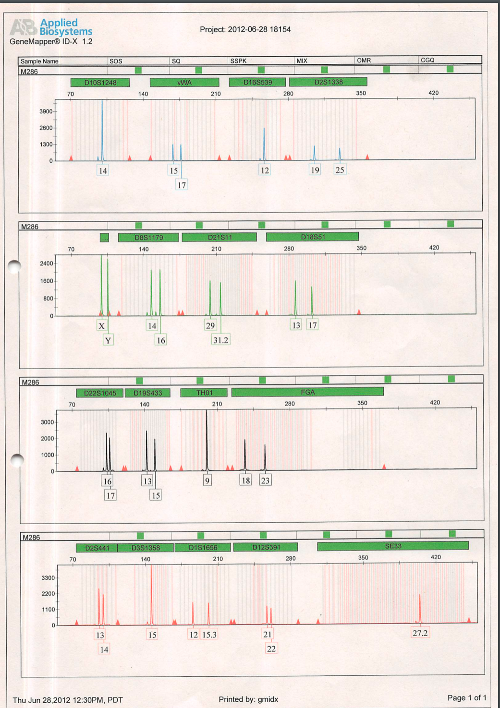Theft and counterfeiting works of art constitutes the third greatest factor after drugs and arms sales which most increases the benefits of smuggling.
There is an international network dedicated to counterfeiting works of art that in turn manages drug smuggling, the illegal sale of weapons and the theft of cars. The latest investigations reveal that this criminal network has active cells in various countries and that they act in coordination. The modus operandi used by these cells for the theft of works of art is the same. They focus on the theft and falsification of famous medium-sized sculptures that are exhibited in major museums. They scan selected sculptures in 3D and then replicate them and exchange them for the original ones. They then sell them on the black market or ask for a ransom for them.
Following the arrest of several suspects in museums in Ajmer (India), Bilbao (Spain), Helsinki (Finland), Kent Town (Adelaida, Australia), Leon (Mexico), Milan (Italy), Nantes (France), Varsaw (Poland) and Southridge (Manila, Philippines) the international plot of this criminal network has been exposed. Although the detainees deny their involvement, the scientific police have collected evidence at the crime scenes for analysis.

